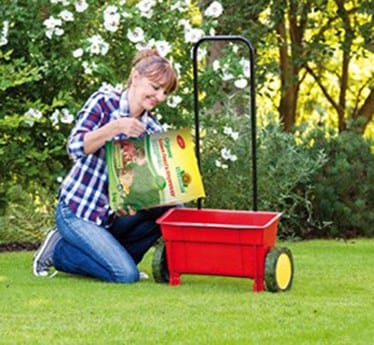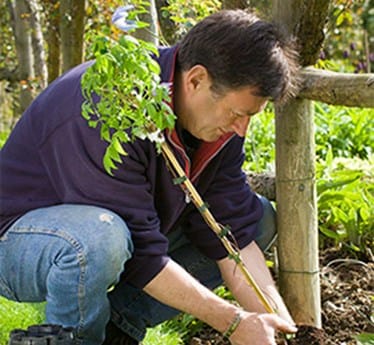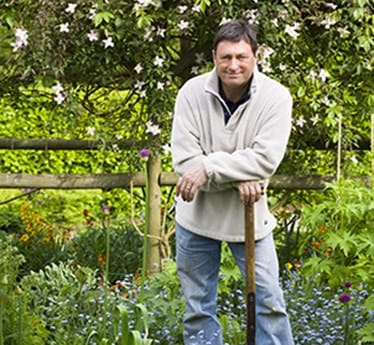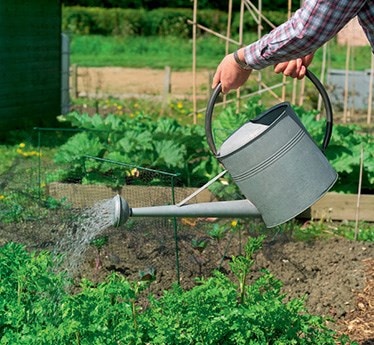Types of soil
Winter digging is an age-old tradition that many vegetable gardeners continue to carry out without considering whether it is really necessary or useful. So, is it really worth it? The theory goes that by thoroughly cultivating vacant ground, before Christmas, and incorporating lashings of well-rotted organic matter in the process, you will improve your soil and growing success for the following season.
It is true that digging is a good way of breaking up compacted soil – allowing in air and water as well as improving drainage. This then permits unfettered root growth during the following season. Similarly, digging heavy clay soils at this time of year – creating a ploughed-field effect with large clods on the surface – exposes a greater surface area of the soil to the freeze-thaw weathering action of winter frosts.
This natural process breaks down the clods into a fine crumbly texture that lets in more air and allows the soil to drain more freely. Then there are the aesthetic benefits of a weed-free, freshly dug plot with regimental ridges that appeals to some gardeners, not to mention those that actually enjoy the rigours of the exercise involved.
The theory goes that by thoroughly cultivating vacant ground, before Christmas, and incorporating lashings of well-rotted organic matter in the process, you will improve your soil and growing success for the following season.
The no-dig option
Provided your soil is in good heart and isn’t very heavy, then digging may not be beneficial at all. In fact, most plants will grow just as well in undisturbed soil that contains plenty of organic matter. After all, breaking up the soil also shatters the natural fissures and tunnels that allows in air and promotes root growth, as well as efficient drainage.
In addition, walking on the soil when you are digging, will inevitably cause some damage to the soil structure. You’ll also expose worms and other beneficial soil-dwelling creatures - making them easy pickings for resident birds. Rather than digging a vegetable garden, an easier option is to use a bed system with permanent paths. You stick to the paths and leave the beds for closely spaced vegetables.
By not walking on the growing area, the soil doesn’t become compacted, so doesn’t require digging. Then you can top-up the organic matter by spreading it as a mulch over the surface and allowing the worms and other soil-borne creatures to incorporate it for you – just as nature intended.
Digging problem soils
It is, perhaps, ironic that the hardest soils to work benefit most from winter digging. Heavy soils with a high clay content are a case in point. These will soon get sticky and unpleasant to work, so need to be dug when soil conditions allow during late November or early December.
Digging early means the clods get exposed to the maximum amount of frost action. If you cannot dig all your patch in one go, prioritise areas to be used for sowing and as a seedbed in spring. To make digging easier, invest in a stainless steel spade and keep the blade clean and sharp – have a scraper handy to clean the blade if it gets clogged up. Also, cover the soil with polythene to keep off the worst of the rain before you start to dig.
When digging, push the blade in vertically and take small ‘bites’ of soil at a time. Do not lift the soil, but use the spade as a lever and use the momentum of inserting the blade to turn each clod. I find that getting into a rhythm makes all the difference when digging and can double my work-rate. I would also recommend digging in short bursts – of, say, 15 minutes at a time - having other less strenuous tasks on hand to give you a breather.
If you find you are standing back to admire your progress for more time than you spend digging, then it’s time to take a break! Do not dig the soil again in spring, simply break it down with the back of a fork - standing on short planks to spread your weight. Then hoe off annual weeds before sowing or planting
Double trouble
For a few deep-rooting crops, such as runner beans, and on soils that have developed a impervious layer below the depth of the blade of a garden spade, deep or ‘double digging’ can be worthwhile. But, be warned, it is very hard work – especially on heavy ground.
- Dig a 60cm-wide trench to the depth of one spade blade across half of the plot and remove the soil to the other side.
- Cover the bottom of the trench with well-rotted, organic matter and then fork over the base of the trench to the full length of the fork’s tines.
- Move back 60cm and then fill the first trench with the next strip of soil, creating a second trench. Mix in more organic matter to the soil as you do this.
- Repeat the process down one side of the plot, returning up the other half, filling the last trench with the soil excavated from the first.
The theory goes that by thoroughly cultivating vacant ground, before Christmas, and incorporating lashings of well-rotted organic matter in the process, you will improve your soil and growing success for the following season.
Adding organic matter
Nearly all garden soils benefit from the addition of bulky organic matter – muck to you and me! It’s the cure-all solution. In light, free-draining soils, the organic matter acts like a sponge, helping it hold on to moisture through the summer months. Then, in heavy soils, it opens up the structure, allowing air in and excess water to drain more freely. Being acidic, it also helps reduce the pH of chalky soils and as it breaks down it releases valuable plant nutrients in all types of soil. In fact, the only soil it’s not worth using on is peaty soil which is full of organic matter already.
As a rule, the more organic matter you can add the better – I like to spread a barrow-load over about 3 or 4 square metres. Unfortunately, getting hold of bulky organic matter isn’t straightforward. Unless you are lucky enough to live in the country with a stable-yard next door, you will have to rely on home-made garden compost and leafmould, topped up with mushroom compost bought by the load or soil improver bought by the sack – which can be very expensive. If supplies are limited, use the organic matter generously where it will produce the best results, rather than spreading it thinly over the whole plot.












